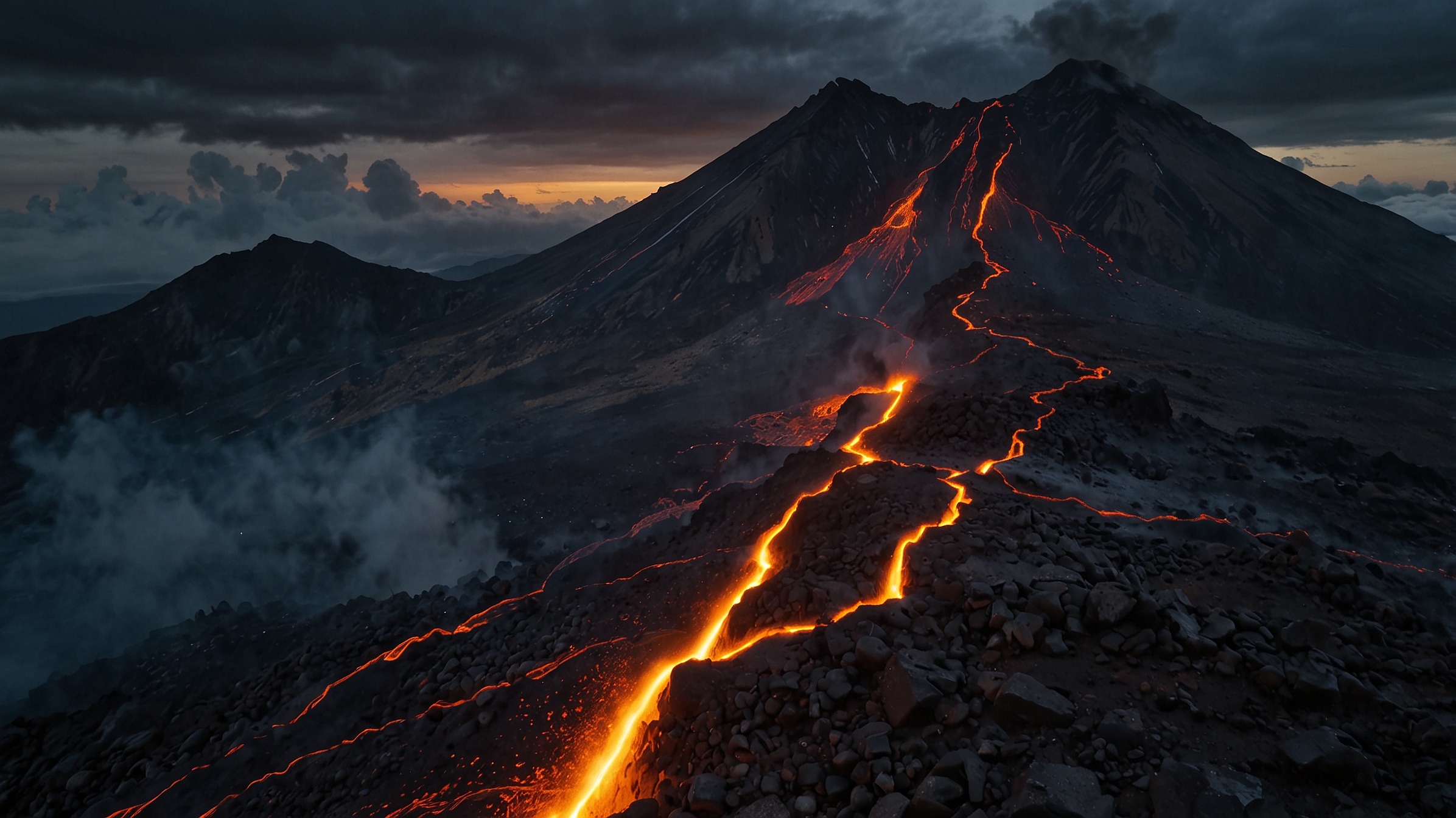For adventurers seeking a heart-pounding experience beyond the usual trails, volcano trekking offers the ultimate thrill. Standing atop an active or dormant volcano, surrounded by breathtaking views and the raw power of the Earth beneath your feet, is an unforgettable experience. From steaming vents and bubbling lava lakes to surreal landscapes that feel almost otherworldly, volcano trekking is an adventure unlike any other.
But before you lace up your boots and start the ascent, it’s important to understand the unique challenges and safety considerations that come with this type of adventure.
Why Volcano Trekking?
Volcanoes represent both danger and beauty. Their slopes often boast diverse ecosystems — from lush rainforests to barren lava fields — and provide panoramic views that reward every grueling step. Whether you’re a seasoned trekker or a casual hiker looking to push your limits, volcano trekking offers a rare chance to witness nature’s rawest elements up close.
Additionally, many volcano treks are steeped in cultural and historical significance. Indigenous legends, ancient rituals, and tales of eruptions past add rich storytelling layers to the journey.
Famous Volcano Routes Around the World
If you’re ready to take the plunge into this fiery adventure, here are some of the world’s most famous volcano trekking routes:
1. Mount Bromo, Indonesia
Located in East Java, Mount Bromo isn’t the tallest volcano, but it’s certainly one of the most iconic. Trekkers typically hike early in the morning to catch the sunrise, where the mist-covered landscape and smoking crater create an unforgettable scene. The hike is relatively easy, making it accessible to most fitness levels.
Highlight: Watching the sunrise over the Tengger Caldera.
2. Mount Kilimanjaro, Tanzania
While Kilimanjaro is known more as Africa’s tallest mountain, it is technically a dormant volcano. Trekkers pass through five distinct ecosystems during the multi-day climb, from rainforests to arctic zones. Reaching the snow-capped summit is a life-affirming achievement.
Highlight: The panoramic views from Uhuru Peak at 19,341 feet (5,895 meters).
3. Mount Etna, Italy
Europe’s most active volcano, Mount Etna offers multiple trekking options, from half-day tours to challenging multi-day expeditions. As you hike, you’ll see recent lava flows, ancient craters, and even vineyards that thrive in the fertile volcanic soil.
Highlight: Witnessing minor eruptions or lava flows (safely, with a guide).
4. Pacaya Volcano, Guatemala
For a hands-on (and feet-warming) experience, Pacaya is a great choice. This moderately challenging trek brings you close to hot lava fields. Some tours even let you roast marshmallows over volcanic heat vents!
Highlight: Walking over still-warm lava rocks and incredible views of neighboring volcanoes.
5. Mount Fuji, Japan
Japan’s beloved symbol, Mount Fuji, is technically an active stratovolcano. Each summer, thousands of trekkers ascend its trails during the official climbing season (July to September). Watching the sunrise from the summit, known as Goraiko, is a spiritual experience for many.
Highlight: The traditional post-climb celebration with a bowl of ramen at the summit huts.
Essential Safety Tips for Volcano Trekkers
While trekking a volcano is exhilarating, it also comes with unique risks. Here are some key safety tips to ensure your journey is memorable for all the right reasons:
- Check Volcanic Activity Reports:
Always consult local volcano monitoring agencies before your hike. Some volcanoes can show increased seismic activity without warning. - Hire a Licensed Guide:
Especially for active or complex volcanoes, a knowledgeable guide can navigate hidden dangers like toxic gas vents, unstable ground, or sudden weather changes. - Wear Proper Gear:
Invest in good-quality hiking boots, breathable but durable clothing, and protective headwear. Volcano slopes can be loose and unstable — traction is key. - Stay on Designated Trails:
Straying off path can lead to encounters with unstable ground, hidden fissures, or even sudden gas emissions. - Carry Enough Water and Snacks:
Volcanic environments can be harsh, dry, and exposed. Hydration and energy are crucial. - Respect Local Warnings and Customs:
In many cultures, volcanoes are considered sacred. Be respectful, listen to local advice, and avoid any behaviors that could be seen as disrespectful. - Prepare for Rapid Weather Changes:
High altitudes and volcanic environments often experience sudden shifts in weather. Pack layers and be ready for rain, wind, or extreme sun.
Final Thoughts
Volcano trekking combines the thrill of adventure with the awe of nature’s might. Whether you’re standing at the edge of a smoking crater or watching the sun rise over a landscape shaped by ancient eruptions, it’s a deeply humbling experience.
With careful preparation, respect for nature, and a spirit of adventure, climbing a volcano could easily become the highlight of your travels. Just remember: while volcanoes are incredible, they command respect. Plan wisely, tread carefully, and savor every powerful moment.





